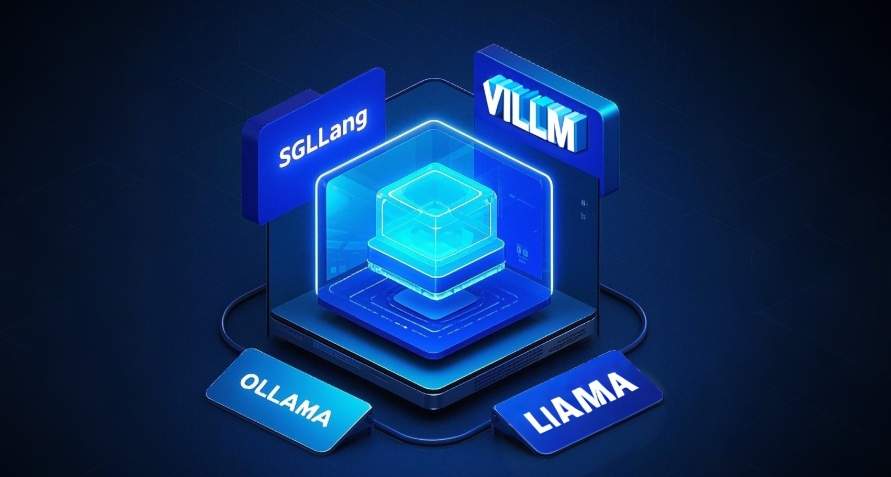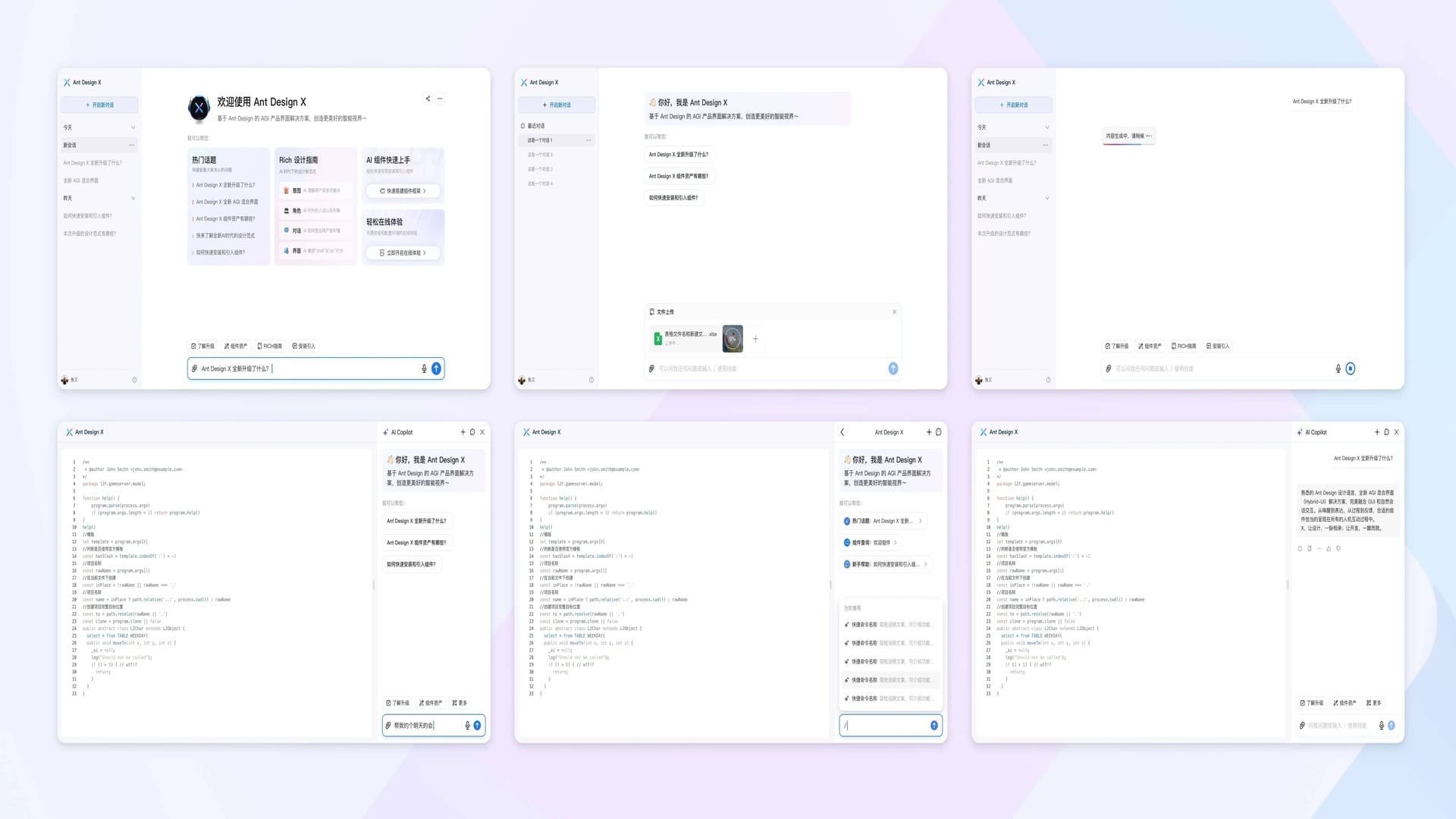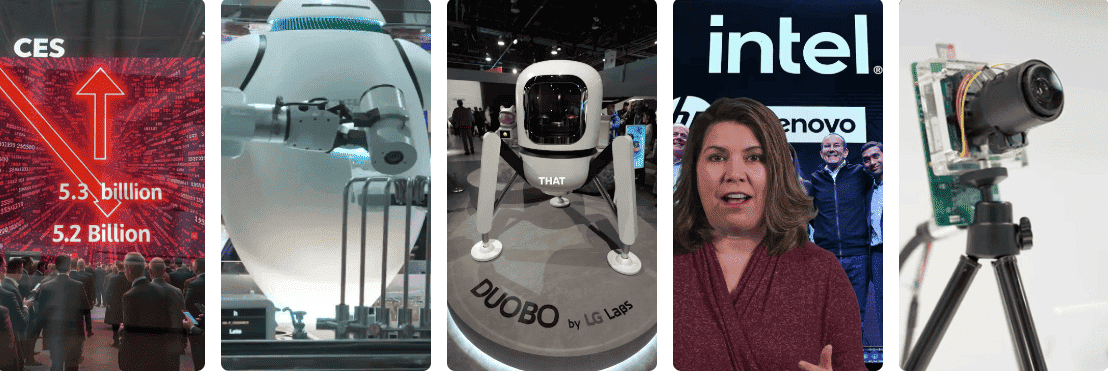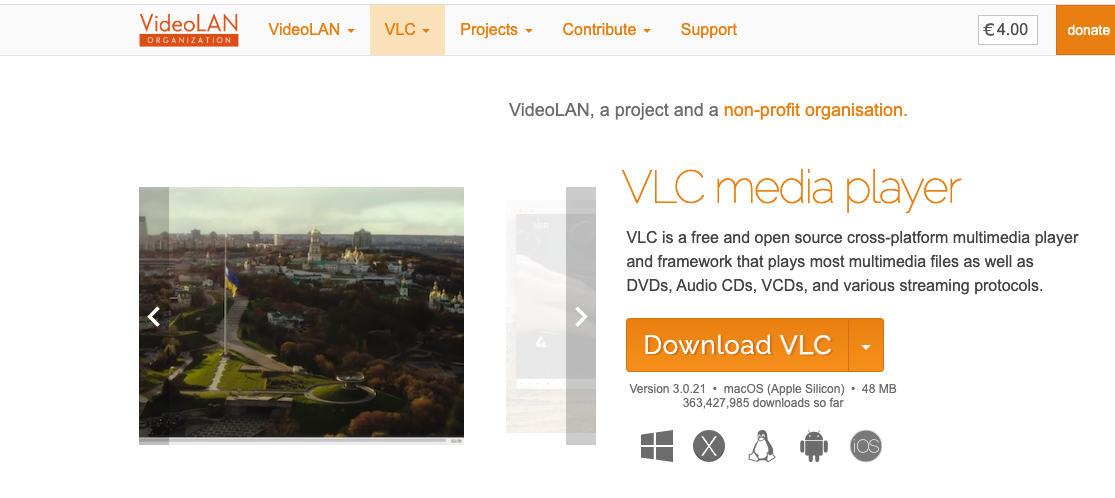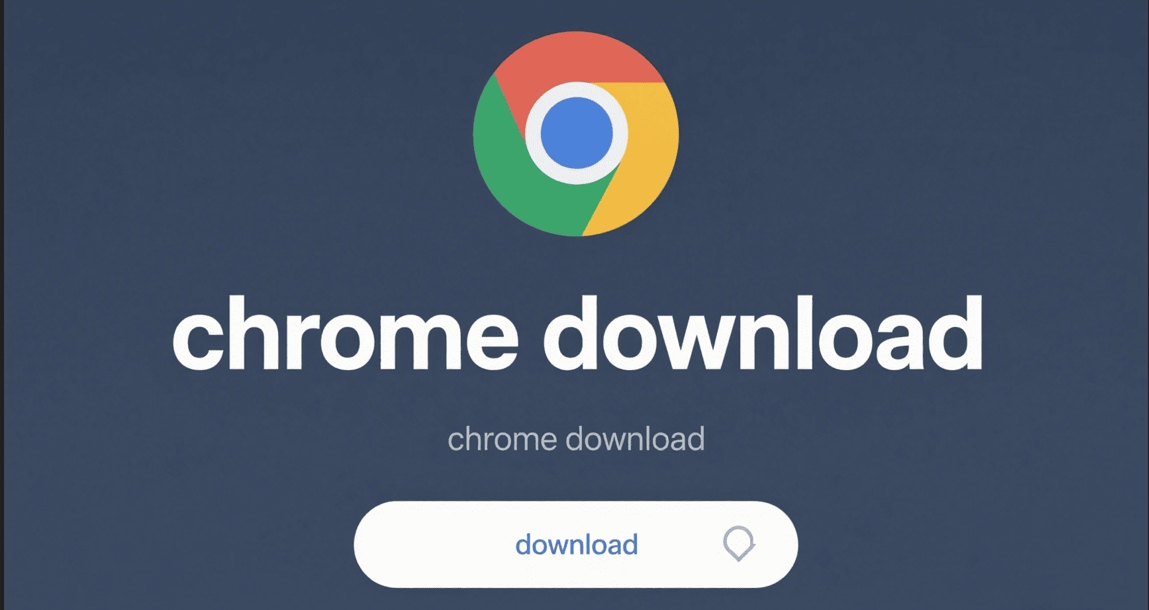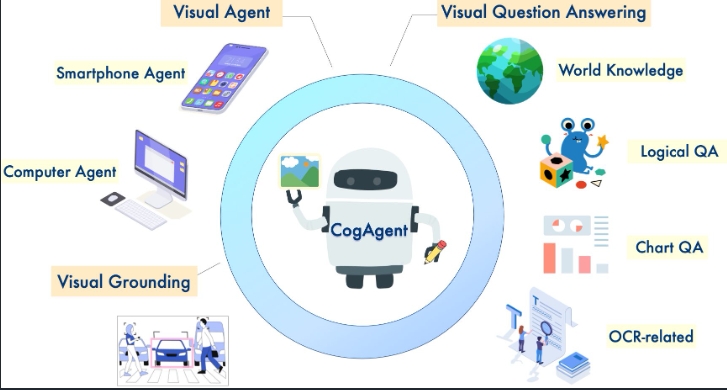In-Depth Comparison and Selection Guide for Global Open-Source AI Agent Frameworks (langgraph, AutoGen, MetaGPT, ChatDev, Swarm, uagents)
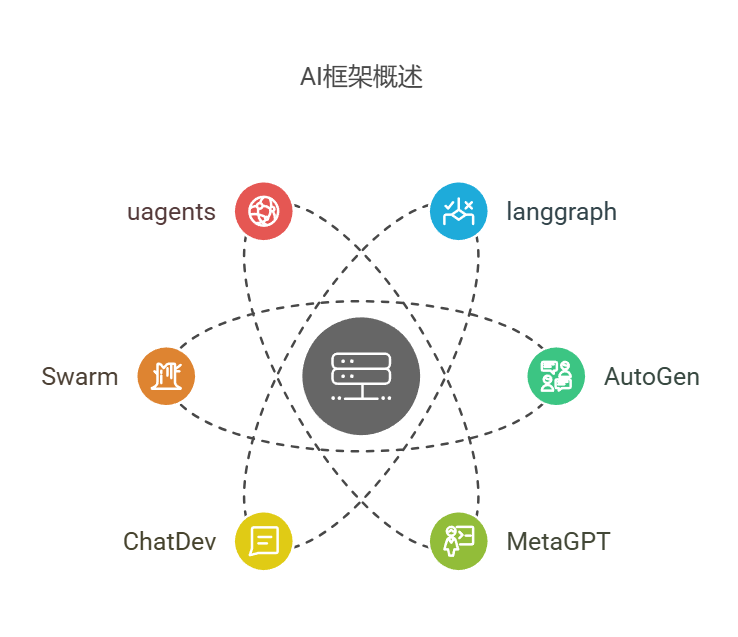
When AI Becomes the “Protagonist”: What is an AI Agent?
In today’s digital wave, AI Agent is gradually developing. Although current AI Agents cannot yet fully achieve seamless control of smart homes, they have shown potential in specific domains. For example, in customer service scenarios, AI Agents can handle basic queries and collect user feedback; in development assistance, they can help programmers with code review and simple bug fixes.
From a technical perspective, an AI Agent is an intelligent program capable of receiving input, making limited decisions, and executing preset actions. Compared to traditional AI models, AI Agents add task planning and execution capabilities, though their autonomy and adaptability remain limited. They are more like “intelligent assistants” that need to work within clear rules and boundaries.
The current AI Agent architecture mainly consists of three basic modules: the input processing module responsible for parsing user needs and environmental data; the reasoning module that makes judgments based on preset rules and models; and the execution module that completes specific tasks according to established processes. The coordination between these modules is not yet perfect, often facing challenges when handling complex and ambiguous scenarios. Nevertheless, AI Agent technology is rapidly advancing, with the potential to achieve more intelligent autonomous decision-making and action in the future.
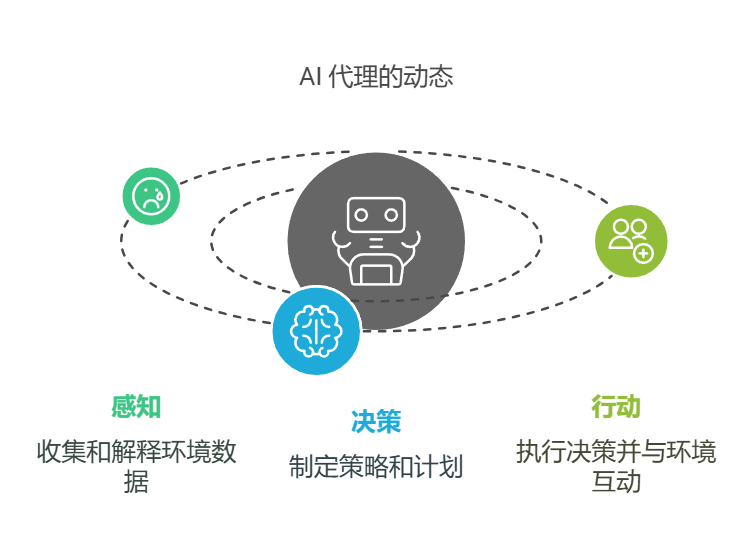
The Light of Open Source: Mainstream AI Agent Frameworks
langgraph: The Flexible Intelligence Builder
Core Features
- State Management: Provides capability to build stateful multi-participant applications
- Loop Control: Supports complex loop and conditional flow definitions
- Fine-grained Control: Offers precise control over application flow and state
- Built-in Persistence: Supports advanced human-in-the-loop and memory functions
Technical Advantages
- DAG-based solutions
- Seamless integration with LangChain and LangSmith
- Support for streaming output and token flows
- Complete development toolchain (API, SDK, CLI, Studio)
Application Scenarios
- Complex workflow automation
- Multi-round dialogue systems
- Human-machine collaboration scenarios
GitHub Stars: 8k+ | URL: github.com/langchain-ai/langgraph
AutoGen: Microsoft’s Collaboration Tool
Core Features
- Multi-agent Collaboration: Supports building autonomous, scalable AI agent teams
- Modular Design: Customizable agent components for specific functions
- Cross-language Support: Supports both .NET and Python
- Event-driven: Event-based agent system
Technical Architecture
- Core API: Implements message passing and distributed runtime
- AgentChat API: Suitable for rapid prototyping
- Extension API: Supports first-party and third-party functional extensions
Application Scenarios
- Team collaboration systems
- Automated translation services
- Intelligent content generation
- Code development assistance
GitHub Stars: 37K+ | URL: github.com/microsoft/autogen
MetaGPT: The “Commander” of Virtual Software Companies
Core Features
- Role Abstraction: Simulates complete software development team roles
- Process Automation: Covers entire process from requirement analysis to code generation
- Collaborative Decision-making: Multi-role agent collaboration mechanism
Development Process
- Requirement Analysis: Product managers conduct market research and requirement definition
- Architecture Design: Architects plan system architecture
- Project Management: Project managers handle resource allocation and progress management
- Code Implementation: Engineering team collaborative development
Application Scenarios
- Automated software project development
- Technical solution generation
- Code review and optimization
GitHub Stars: 46K+ | URL: github.com/geekan/MetaGPT
ChatDev: Intelligent Collaboration Programming Pioneer
Core Features
- Process Automation: Automates entire software development lifecycle
- Multi-role Collaboration: Supports collaborative work between different role agents
- Atomic Tasks: Breaks complex tasks into atomic-level conversations
Development Phases
- Design Phase: Requirement analysis and technology selection
- Coding Phase: Code implementation and interface design
- Testing Phase: Functional testing and quality assurance
- Documentation Phase: Technical documentation and user manual generation
GitHub Stars: 26K+ | URL: github.com/OpenBMB/ChatDev
Swarm: OpenAI’s Efficient Intelligent Cluster Framework
Core Features
- Lightweight Design: Concise and efficient framework structure
- Highly Controllable: Precise agent coordination and execution control
- Client-side Execution: Almost entirely client-side execution
- Stateless Design: Stateless characteristics similar to Chat Completions API
Technical Advantages
- Simple agent abstraction and handover mechanism
- Easy to test and debug
- Flexible functionality extension
GitHub Stars: 17K+ | URL: github.com/openai/swarm
uagents: Lightweight Decentralization Pioneer
Core Features
- Decentralization: Supports distributed agent deployment
- Lightweight: Efficient resource utilization
- Cross-platform: Supports multiple device environments
Technical Advantages
- Clean development interface
- Flexible deployment options
- Powerful extensibility
Application Scenarios
- Distributed application development
- IoT intelligent control
- Decentralized social networks
GitHub Stars: 1.2K+ | URL: github.com/fetchai/uAgents
Framework Selection Guide: How to Find Your “Best Partner”?
When facing numerous open-source AI Agent frameworks, how do you choose the one that best fits your project? It’s like selecting a mode of transportation – different scenarios have different requirements.
For developing intelligent customer service, focus on the framework’s dialogue management and multi-round interaction capabilities. AutoGen’s multi-agent dialogue mode and ChatDev’s LLM-based Q&A capabilities shine here, enabling smooth communication between customer service and clients with precise problem-solving. For data analysis and mining, Swarm’s cluster intelligence and LangChain’s data connection and processing capabilities come in handy, helping to quickly process massive data and gain insights. When developing intelligent writing assistance tools, MetaGPT’s content generation and ShortGPT’s automated creation advantages stand out, providing inspiration and optimizing content for creators.
Development resources are also key considerations. For small teams or individual developers, LangChain is ideal with its easy learning curve and rich documentation, helping developers quickly build prototypes through its simple API and numerous examples. For large teams with customization and expansion needs, AutoGen’s modular design and ChatDev’s high customizability provide broad room for development.
Community support cannot be ignored. An active community means rich tutorials, timely problem-solving, and continuous updates. LangChain+langgraph has over 100k stars on GitHub with abundant resources; MetaGPT has over 40k stars with frequent developer interactions, keeping pace with cutting-edge trends.
Security is paramount. When handling sensitive data, ensure the framework has strict data encryption and access control mechanisms. Some frameworks are verified by large companies or authoritative institutions, guaranteeing security; newer frameworks require in-depth code review and vulnerability assessment to avoid data leak risks. In conclusion, selection requires comprehensive consideration to achieve perfect project-framework alignment and embark on an intelligent innovation journey.
2025: Infinite Possibilities for AI Agent Frameworks
As we look toward 2025, the development of AI Agent frameworks unfolds like a vibrant, infinitely possible canvas before our eyes.
At the forefront of technological integration, AI Agent frameworks will deeply interweave with the Internet of Things (IoT). Smart refrigerators at home can keenly sense ingredient levels, becoming thoughtful “butlers” actively contacting e-commerce platforms to place orders; in factories, equipment becomes intelligent “inspectors,” monitoring operating conditions in real-time, accurately predicting failures, and promptly reporting repairs. In healthcare, wearable devices become health “guardians,” monitoring vital signs 24/7, quickly notifying medical staff when data anomalies occur.
Multimodal interaction will become mainstream. AI Agents will not only understand speech and text but also gestures and expressions. In video conferences, they can adjust meeting pace and provide auxiliary information based on participants’ expressions and tones; in intelligent teaching, they can judge learning states based on students’ expressions and movements, providing personalized guidance to make learning more efficient and interesting.
Personalization will shine brightly. AI Agent frameworks will create personalized intelligent assistants for everyone. Office workers’ assistants can intelligently plan schedules, filter important emails, and provide industry information; students’ assistants can become knowledgeable “study companions,” creating study plans, answering questions, and recommending learning resources; elderly people’s assistants will use warm voices to broadcast news, remind about medications, and contact family members, providing constant care.
By 2025, AI Agent frameworks are expected to break through current boundaries, deeply integrate into more fields, continuously innovate, bring unimaginable intelligent changes, and become indispensable partners in people’s lives, work, and study, ushering in a new era of intelligence.
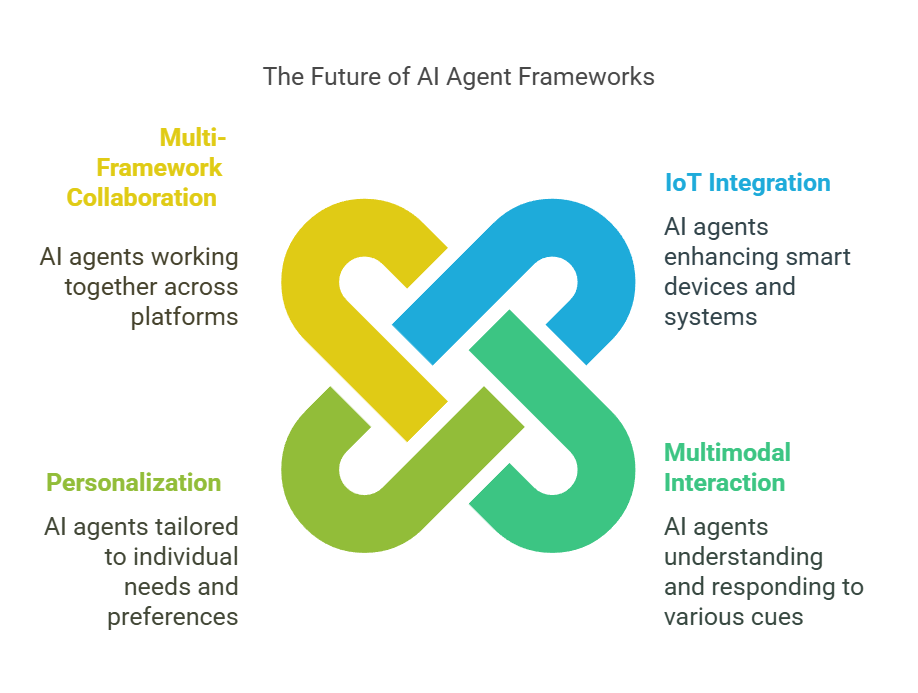
AI Agent Framework Comparison Summary
| Framework | Technical Features | Use Cases | Community Activity | Learning Curve | Deployment Difficulty |
|---|---|---|---|---|---|
langgraph | Loop control, state management, human-machine interaction | Complex workflows, multi-round dialogues | ⭐⭐⭐⭐ | Medium | Medium |
AutoGen | Multi-agent collaboration, modular design | Team collaboration, complex task decomposition | ⭐⭐⭐⭐⭐ | High | Medium |
MetaGPT | Role division, software development process | Software development, project management | ⭐⭐⭐⭐⭐ | High | Difficult |
ChatDev | Development process automation, multi-role collaboration | Software development, team collaboration | ⭐⭐⭐⭐ | Medium | Medium |
Swarm | Lightweight, highly controllable | Independent function development, prototype verification | ⭐⭐⭐⭐ | Low | Easy |
uagents | Decentralized, lightweight | Distributed applications, IoT | ⭐⭐⭐ | Low | Easy |
Selection Recommendations:
- Beginners: Start with
Swarmoruagents, as these frameworks are lightweight and easy to learn - Enterprise Applications:
AutoGenorlanggraphare more suitable, providing complete enterprise-level functionality - Software Development:
MetaGPTorChatDevare ideal choices, especially suitable for automated software development processes - Prototype Verification:
Swarm’s lightweight nature makes it ideal for quickly validating ideas - Distributed Applications:
uagents’ decentralized nature gives it unique advantages in these scenarios
More Articles
![OpenAI 12-Day Technical Livestream Highlights Detailed Report [December 2024]](/_astro/openai-12day.C2KzT-7l_1ndTgg.jpg)

